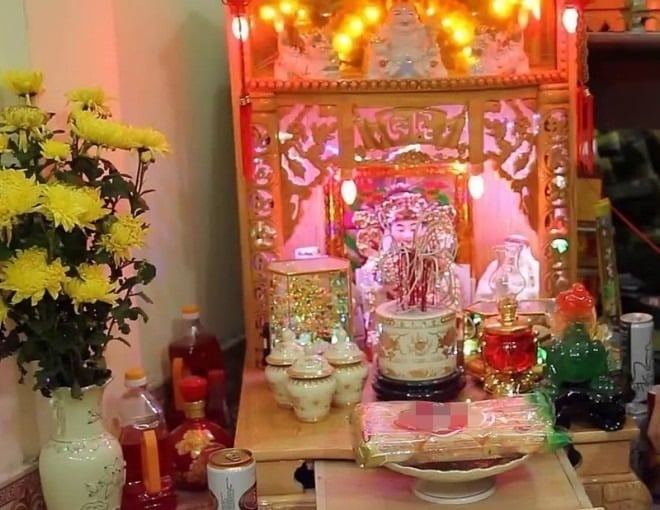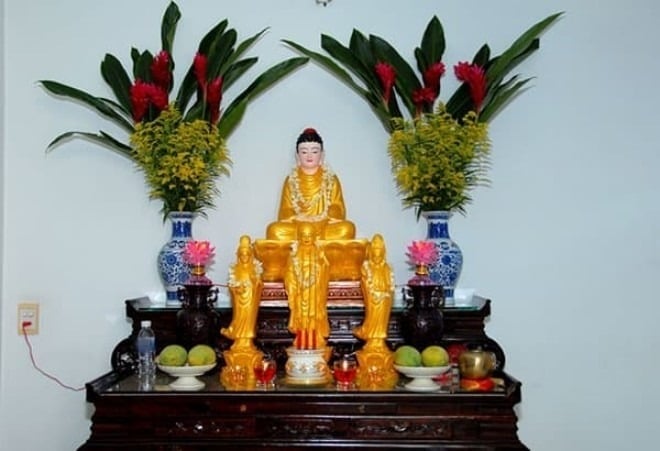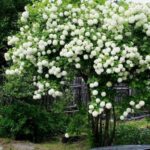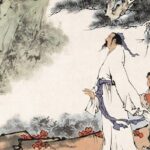On the first and fifteenth days of the lunar month, during festivals, and on ancestral anniversaries, a flower vase becomes an indispensable worship item on the altar. Arranging flowers on the altar not only attracts and accumulates fortune but also shows reverence to the ancestors.
Fresh flowers bring new life and gather the essence of the sun and the sky. Placing a flower vase on the altar makes the worship space fragrant, solemn, and attractive to fortune while enhancing the family’s prosperity and receiving the protection of the ancestors and deities.
However, not everyone knows the correct way to place a flower vase on the altar.
Why do wealthy families usually place a flower vase on the left side of the altar when offering incense?
Wealthy families tend to pay great attention to worship and rituals. They believe that arranging the altar according to Feng Shui principles shows respect to their ancestors and attracts fortune and blessings.
When placing a flower vase, if there is only one, it is typically placed on the left side of the altar. This follows the rule of “dong binh tay qua,” which means the flower vase should be placed in the east direction while the fruit plate is placed in the west.

Wealthy families often give great attention to worship and rituals.
According to the natural law, the sun rises in the east and sets in the west, and flowers usually bloom before bearing fruit. Therefore, placing the flower vase in the east and the fruit plate in the west conforms to the natural law, making everything go smoothly.
If the altar faces the main door to the south, placing the flower vase on the left side of the altar (east) will allow the flower’s fragrance to spread throughout the room when the east or southeast wind blows, creating a sacred and solemn worship space.
When there are two flower vases on the altar, they should be placed symmetrically on both sides, with the fruit plate in the middle, in front of the incense burner. This arrangement not only creates a sense of fullness and warmth for the altar but also preserves the meaning of the flower vase.
In addition to the flower vase, the host should also pay attention to other worship items such as the three (or five) worship tools set, the ceremonial tray, the incense holder, etc., to add solemnity to the worship space.

Pay attention to other worship items to enhance the solemnity of the worship space.
For small altars, such as wall-mounted altars, one flower vase and an incense holder placed opposite each other are sufficient. Avoid placing too many flower vases on the altar, as this will not increase the positive energy and may cause imbalance with other worship items.
The flower vase should be made of ceramic, porcelain, or glass, and materials such as copper or iron should be avoided. The flowers used for the altar should have a gentle fragrance, no sharp thorns, and be neatly trimmed to ensure both spiritual value and safety.
The Prosperity Principle: Unveiling a Life of Abundance and Fortune
“The Money Tree, also known as the Pachira Aquatica, is a symbol of prosperity and good fortune in Feng Shui. When placed in your home according to these principles, it is believed to attract wealth and abundance, bringing success to your endeavors. Its vibrant presence not only adds a touch of natural beauty to your space but also infuses it with a sense of positive energy, creating an environment conducive to growth and prosperity.”







































